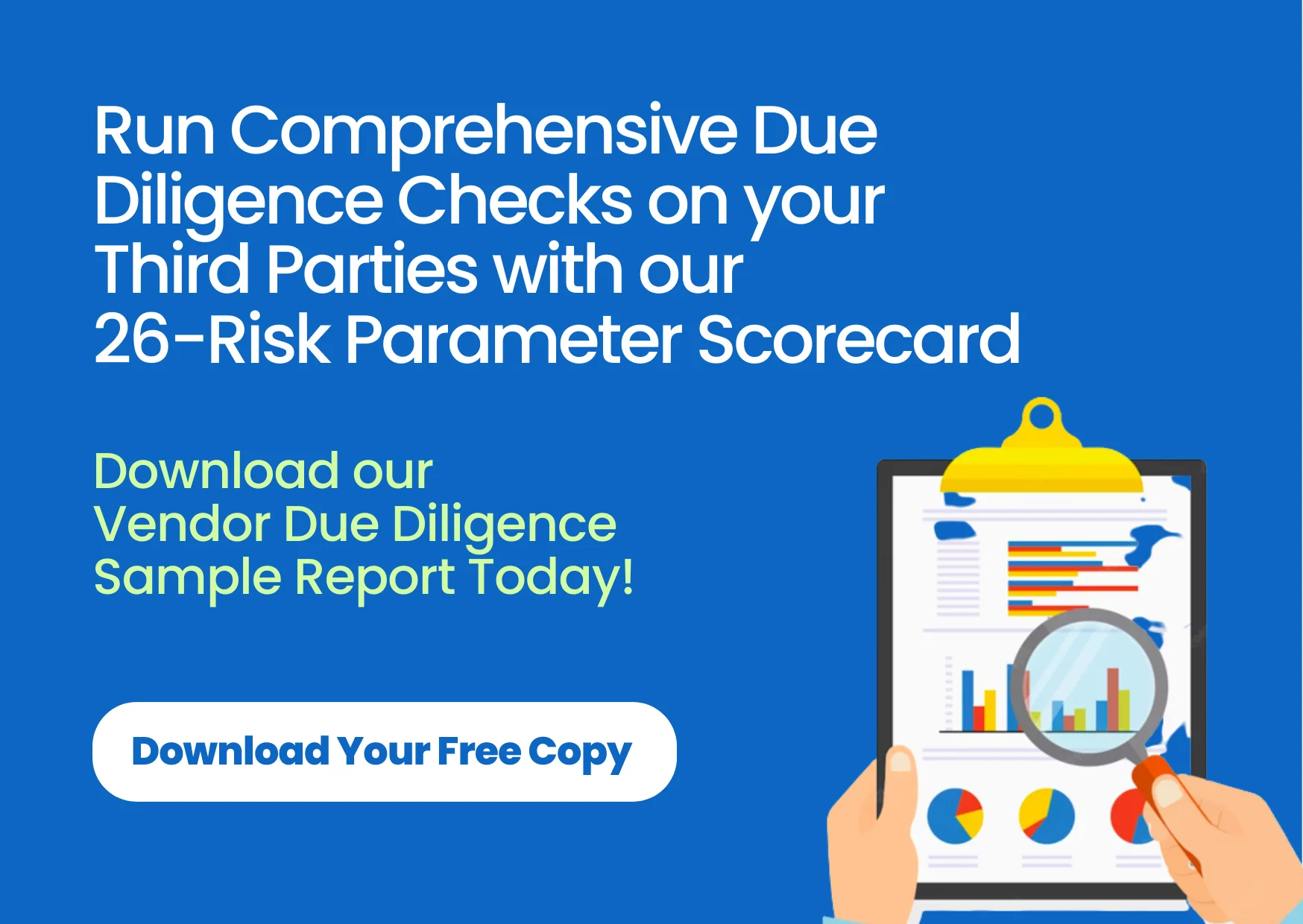5 Vital Considerations to make for Implementing Third Party Risk Management in 2024 : [Whitepaper Download]
In today’s interconnected business world, Third-Party Risk Management (TPRM) has become more than a compliance checkbox; it’s a strategic imperative. With supply chains sprawling across the globe, the involvement of third parties in business operations has become a norm. But this integration brings with it a spectrum of risks that can significantly impact an organization’s operations, reputation, and bottom line.
What is Third Party Risk Management and why does it holds its importance for more years to come?
Third Party Risk Management (TPRM) involves managing risks posed to a business by its external partners, like vendors, suppliers, and service providers. These entities, crucial to a company’s operations, may have access to sensitive data or play a key role in the business’s supply chain.
The importance of TPRM stems from the increased reliance of businesses on third parties for essential services, such as data storage or payroll. This reliance exposes businesses to various risks, including security breaches and data leaks, especially if third-party security practices are inadequate. If a third party suffers a security incident, the contracting business may face legal liabilities, reputational damage, and operational disruptions.
Therefore, TPRM is critical for identifying, understanding, and mitigating these risks to ensure business continuity and safeguard sensitive information.
The complexity of managing these risks is amplified by the evolving nature of threats in areas like cybersecurity, geopolitical landscapes, and regulatory environments. Understanding and mitigating these risks is not just beneficial; it’s critical for sustainable business success. As we edge closer to 2024, it’s essential to recognize that the risk landscape is constantly shifting, necessitating a proactive and dynamic approach to TPRM.
Our goal isn’t just to outline a TPRM solution but to equip you with the key attributes essential for effectively managing third-party risks. This whitepaper doesn’t dictate your TPRM strategy; instead, it provides you with the tools to craft a strategy that aligns with your unique risk appetite, vendor base, and industry dynamics.
Stay Ahead in Managing Third-Party Risks
As the stakes continue to rise, understanding these considerations isn’t just about defense; it’s about gaining a competitive edge. Our whitepaper prepares you to do just that. You’ll not only learn how to navigate the current risk landscape but also how to anticipate and prepare for emerging challenges.
Gain comprehensive insights into these vital considerations and start fortifying your organization against the multifaceted risks of third-party engagements. Prepare your business for 2024 and beyond with strategies and insights that will not just safeguard but also empower your operations.
Related Resources on Third Party Risk Management –
Third Party Risk Management – Getting started with TPRM [Blog]
How to evaluate a third party risk management solution [Whitepaper Download]
